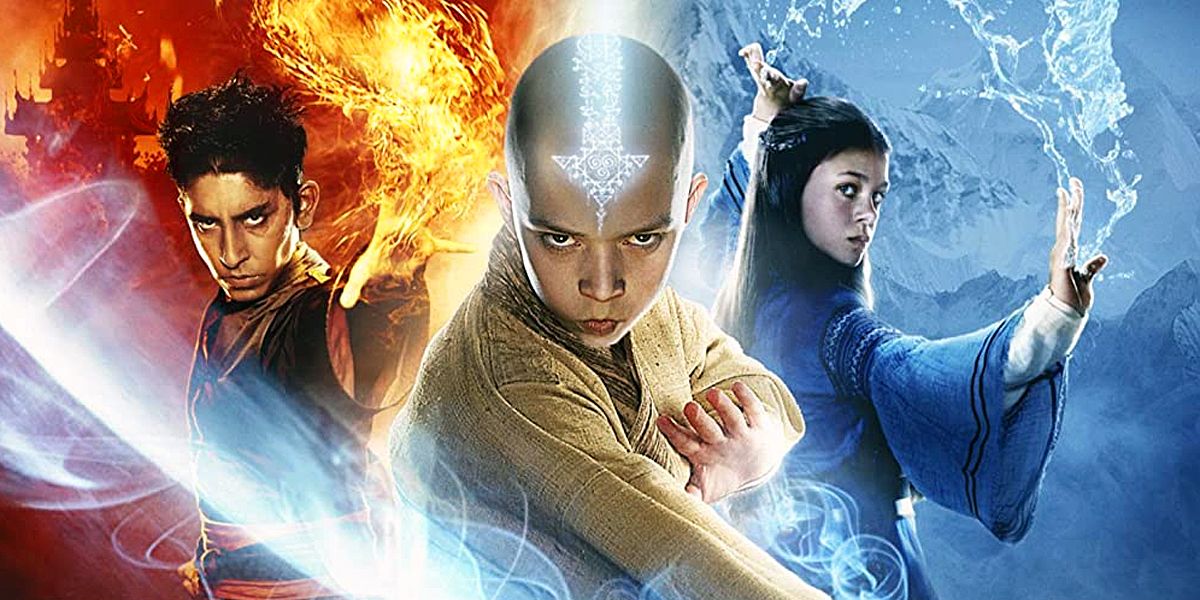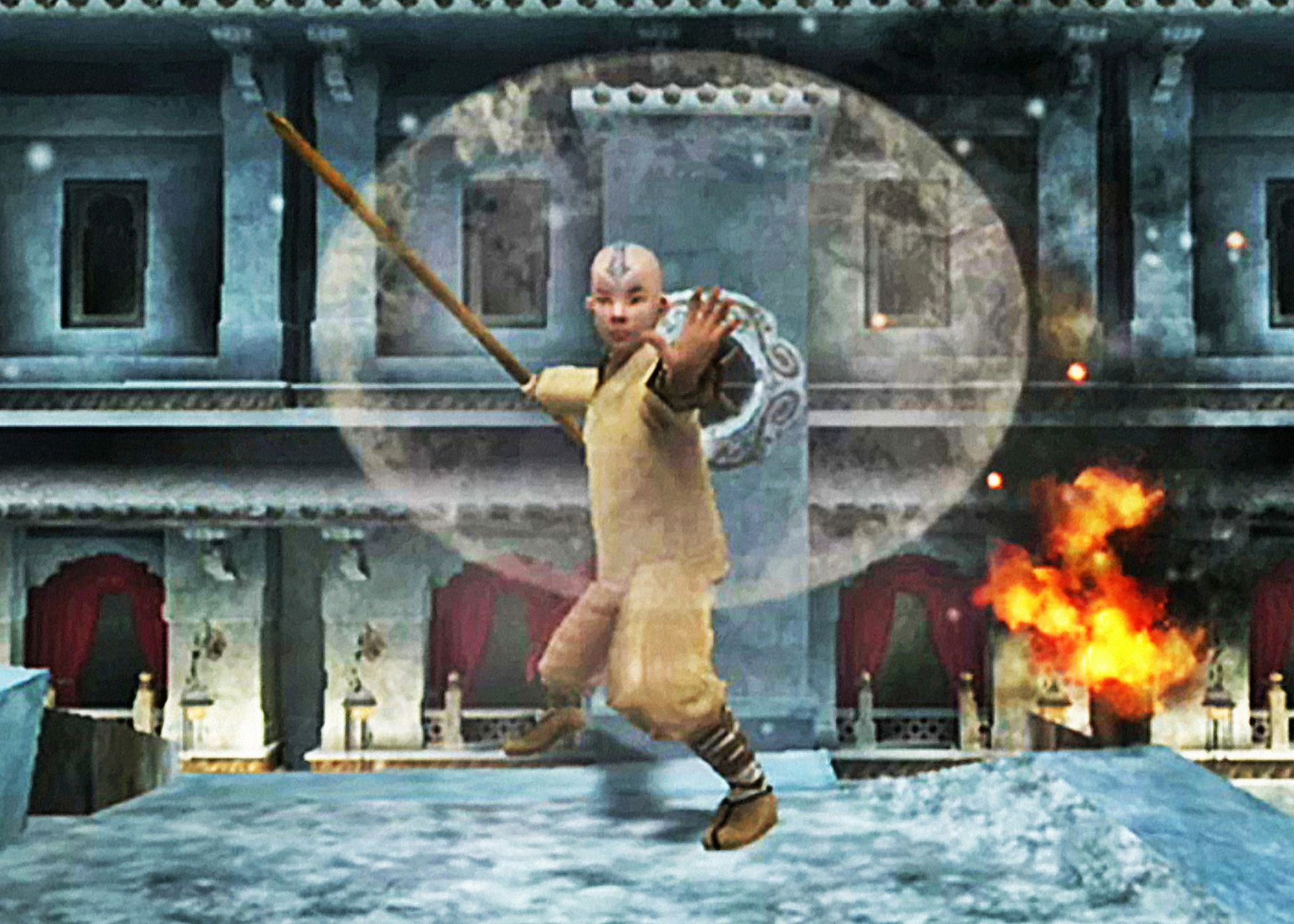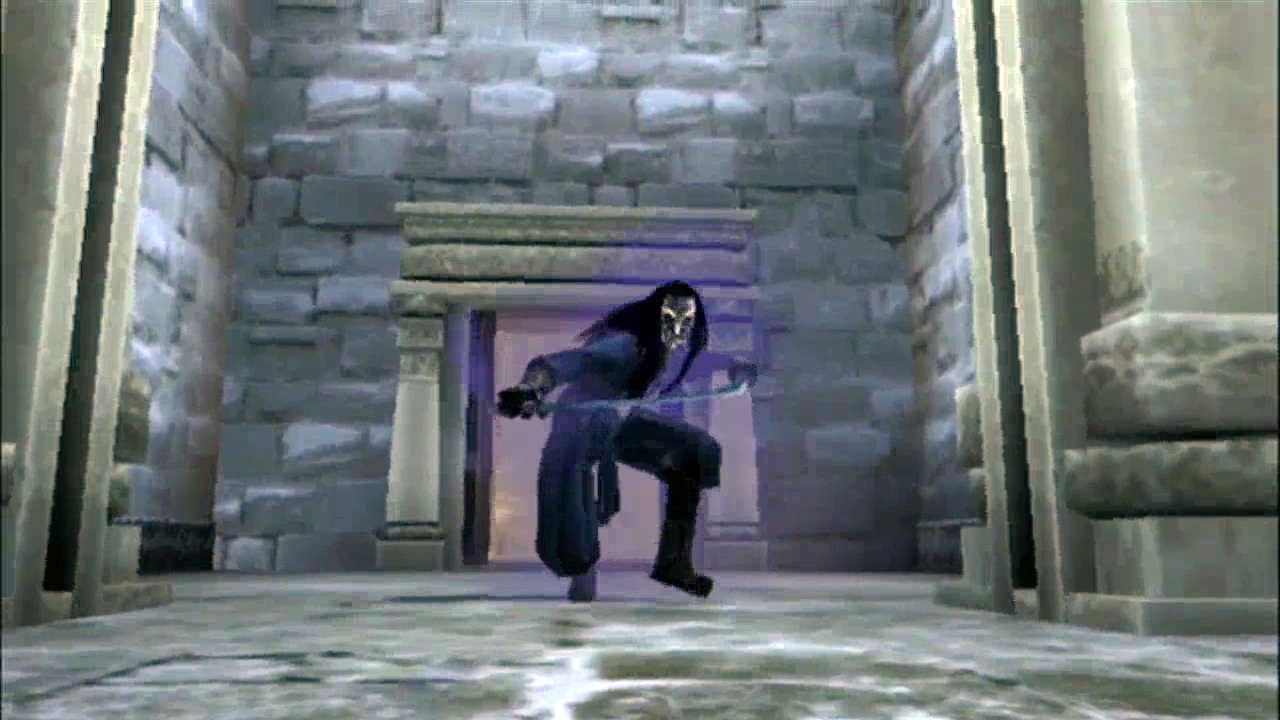While 2020 marks the year that Avatar: The Last Airbender finally made its way to Netflix in the United States, it also marks the 10-year anniversary of the most reviled part of the ATLA franchise: M. Night Shyamalan's The Last Airbender. The film adaptation of the first season of the beloved Nickelodeon series is widely considered among the worst films ever made.
Whereas the television series is acclaimed for its action, humor and complex story, The Last Airbender was criticized for its joyless tone, underwhelming action sequences, numerous plot holes introduced when cutting story elements, exposition-heavy dialogue and casting of white actors to play Asian roles. Reviled by fans and disavowed by the show's creators, The Last Airbender is best forgotten about.
Like many films geared toward children, The Last Airbender had a video game tie-in released the same week as the movie. Unlike the movie, though, which is mostly told through Katara's narration, you spend the majority of the game playing as Zuko and seeing the story through his point of view. In addition to Zuko, players also get to control Aang and the Blue Spirit, Zuko's alter ego. The game's levels focus on the movie's three major plot points: Zuko capturing Aang and his eventual escape, Aang's rescue by the Blue Spirit and the invasion of the Northern Water Tribe. Gameplay changes depending on the character being used: Aang and Zuko's levels revolve around fighting enemies using various bending moves, while the Blue Spirit levels are more stealth-oriented.
Unlike the film, reviews for the game were fairly average. While some critics felt that the game was an improvement over the film and had some decent moments, that obviously isn't saying much considering the low bar the film set. The decision to make Zuko the center of the game did offer a fairly interesting perspective compared to the movie, but was criticized mostly due to leaving out important characters like Katara and Sokka from the game. Because the game mostly focuses on combat, critics were quick to criticize the repetitive levels and awkward controls that made fighting enemies a chore. This was especially troublesome in the Blue Spirit sections, with the stealth mechanics not working most of the time.
The most reviled aspect of the game was the on-rails shooting sections where Zuko would shoot fireballs at waves of enemies, which felt jarring compared to the rest of the game. Even moments where Aang would enter the Avatar State weren't well-received due to how brief and underwhelming they were. From a narrative standpoint, many of the problems fans had with the movie rear their ugly head in the game, such as bad characterization and a joyless aesthetic. Zuko's narration, like Katara's in the movie, was also met with disdain since it focused way too heavily on exposition rather than telling the story.
Like the movie that inspired it, The Last Airbender game is disregarded by fans of the series, especially considering that there are several other Avatar games out there, all of which are much better than this one.



